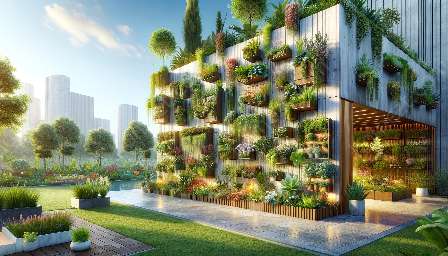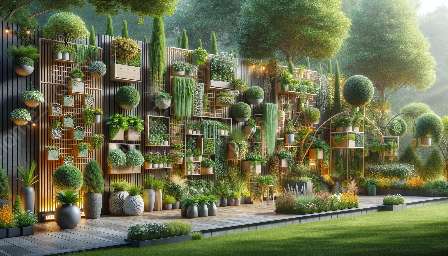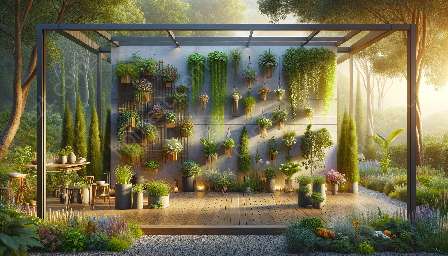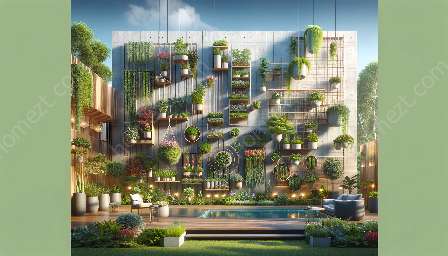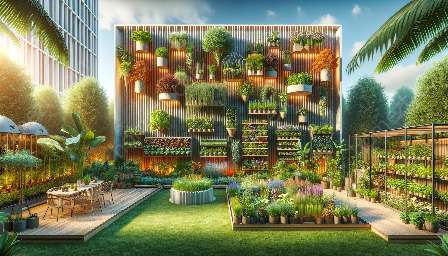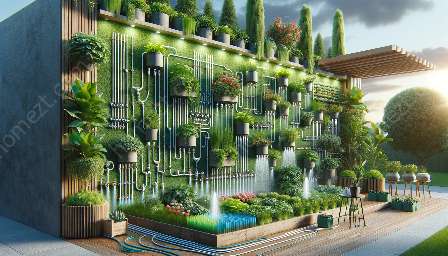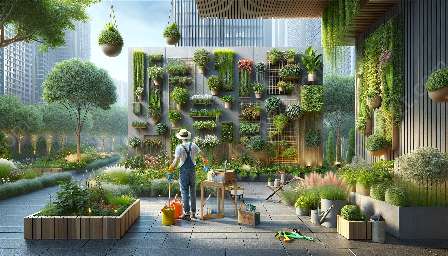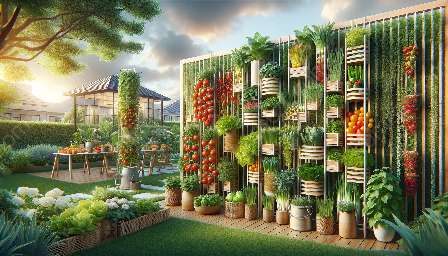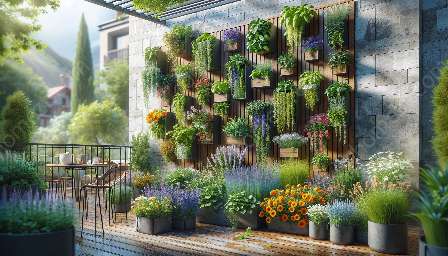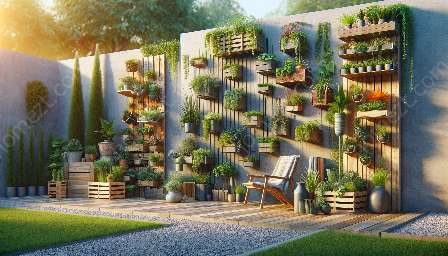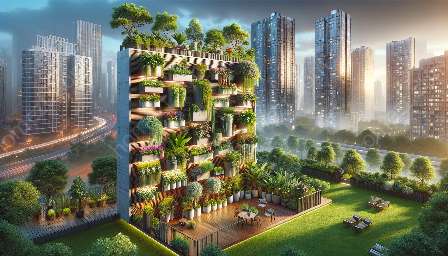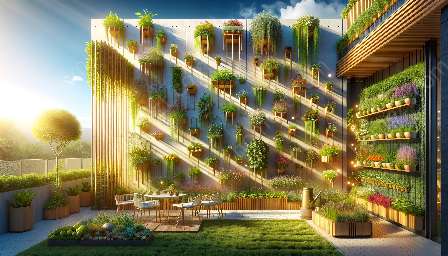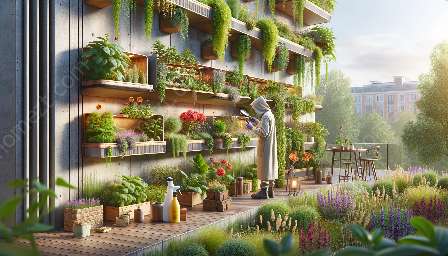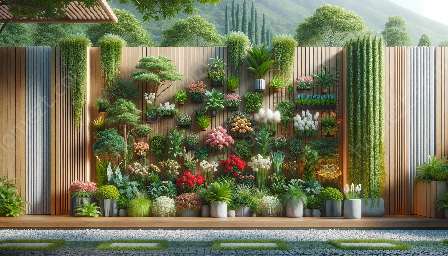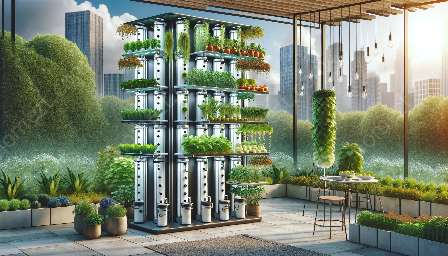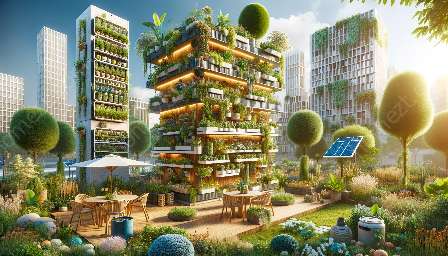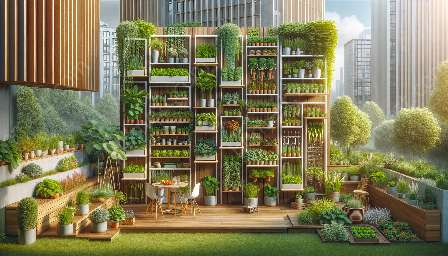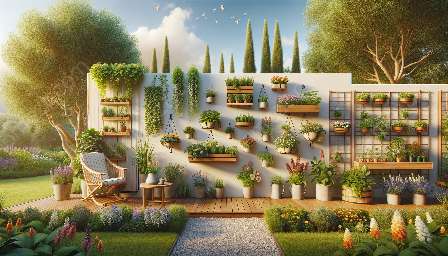Vertical gardening has gained popularity as an innovative and space-saving approach to gardening. By utilizing various types of vertical gardening structures, individuals can bring lush greenery and beautiful blooms to virtually any outdoor or indoor space. In this guide, we'll explore the different types of vertical gardening structures, including living walls, trellises, and container gardens, and provide insights on how to create stunning vertical gardens that enhance the beauty of any environment.
1. Living Walls
Living walls, also known as green walls, are vertical structures filled with living plants that can be installed indoors or outdoors. These structures can be as simple as a single wall panel or as extensive as an entire building facade adorned with a lush tapestry of plants.
Living walls are often constructed using modular panels that support a variety of plants, including low-maintenance species such as succulents and ferns. These panels typically feature integrated irrigation systems to ensure that the plants receive adequate water and nutrients.
Whether installed in residential, commercial, or public spaces, living walls contribute to improved air quality, reduced noise levels, and a heightened sense of well-being. They serve as living works of art, creating visually striking focal points and seamless transitions between indoor and outdoor environments.
2. Trellises and Vertical Support Structures
Trellises are one of the most traditional and versatile types of vertical gardening structures. These frameworks are designed to support climbing plants, such as vines, roses, and cucumbers, allowing them to grow upward rather than sprawling across the ground.
Trellises can be freestanding or attached to walls, fences, or other structures, offering an array of design possibilities. They come in various materials, including wood, metal, and vinyl, and can be customized to fit the unique requirements of different plants and spaces.
Vertical support structures, such as arbors, pergolas, and obelisks, also fall into this category and provide additional architectural interest to gardens. They not only support climbing plants but also define and enhance outdoor living areas, creating inviting havens for relaxation and entertainment.
3. Container Gardens and Vertical Planters
Container gardening is an adaptable and space-efficient approach to cultivating plants, and when combined with vertical structures, it becomes an ideal solution for small outdoor spaces, balconies, and patios. Vertical planters and hanging baskets, typically made from materials like plastic, metal, or terracotta, allow individuals to create stunning vertical displays while optimizing limited space.
From cascading flowers to edible herbs and vegetables, container gardens and vertical planters offer endless opportunities for creativity and personalization. They can be arranged in various configurations, such as tiered plant stands, wall-mounted pockets, and railing planters, adding a touch of nature to urban landscapes and compact living quarters.
By maximizing the use of vertical space, container gardens and planters not only beautify their surroundings but also provide practical benefits, including improved accessibility for maintenance and harvesting, as well as protection against pests and diseases.
4. Hydroponic and Aeroponic Systems
For those seeking cutting-edge approaches to vertical gardening, hydroponic and aeroponic systems offer innovative ways to cultivate plants without traditional soil-based methods. These systems are ideal for indoor spaces, allowing individuals to grow a wide range of plants, from vibrant flowers to fresh produce, using nutrient-rich water and advanced technology.
Hydroponic systems use water-based solutions to deliver essential nutrients directly to plant roots, while aeroponic systems mist the roots with nutrients and oxygen. Vertical configurations of these systems maximize growing space and can be combined with LED grow lights for optimal plant growth and energy efficiency.
Due to their space-saving nature and efficient use of resources, hydroponic and aeroponic vertical gardens are increasingly popular in urban environments, where access to traditional gardening space may be limited. They represent a modern and sustainable approach to vertical gardening, showcasing the marriage of technology and nature.
5. Green Screens and Privacy Hedges
Green screens and living privacy hedges serve as natural barriers and visual screens, adding both beauty and functionality to outdoor spaces. These types of vertical gardening structures are designed to create secluded and tranquil environments, offering privacy, shade, and a sense of enclosure.
Green screens, often made of dense, fast-growing plants like bamboo or evergreen shrubs, can be strategically positioned to partition off specific areas or to hide unsightly features in the landscape. They provide a living backdrop for outdoor living spaces and workstations, evoking a sense of tranquility and harmony with nature.
Living privacy hedges, comprising a series of closely planted shrubs or trees, transform ordinary boundaries into vibrant green walls. These hedges not only provide visual and noise insulation but also attract beneficial wildlife and contribute to ecological balance within the surrounding ecosystem.
Conclusion
Vertical gardening structures offer endless possibilities for creating captivating and sustainable horticultural displays. Whether aiming to maximize limited space, enhance architectural design, or simply elevate the aesthetics of a space, the diverse range of vertical gardening structures provides ample opportunities for individuals to connect with nature in new and exciting ways. By exploring the various types of vertical gardening structures and embracing their potential, individuals can cultivate thriving, verdant environments that delight the senses and spark inspiration.

